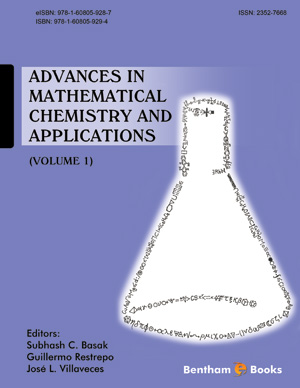Abstract
SHS investigation development is considered from the geographical and historical viewpoint. 3 stages are described. Within Stage 1 the work was carried out in the Department of the Institute of Chemical Physics in Chernogolovka where the scientific discovery had been made. At Stage 2 the interest to SHS arose in different cities and towns of the former USSR. Within Stage 3 SHS entered the international scene. Now SHS processes and products are being studied in more than 50 countries.
Abstract
In the chapter we present a short overview of QSAR (Quantitative Structure- Activity Relationship) modeling. The QSAR paradigm grounds on an assumption that properties of a compound depend on its chemical structure. In its final form a QSAR model is expressed as a mathematical relationship between molecular structure and property. A model is built on existing knowledge, i.e., on a set of compounds with known structures and known properties. The QSAR models are widely used in rational drug design and in the environmental toxicology. As examples we present a case study of QSAR modeling in searching for new anti-tuberculosis drugs and the predictions of five toxicological endpoints with the internet available program CAESAR.
Keywords:
QSAR modeling, topological, electro-topological, quantum chemical descriptors, anti-tuberculosis drugs, fluoroquinolones, environmental sciences, oecd principles for validation of qsar models, caesar programs for bioconcentration factor, mutagenicity, carcinogenicity, skin sensitization, developmental toxicity.
Recommended Chapters
We recommend

Authors:Bentham Science Books


 Download PDF Flyer
Download PDF Flyer



